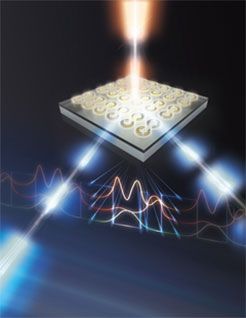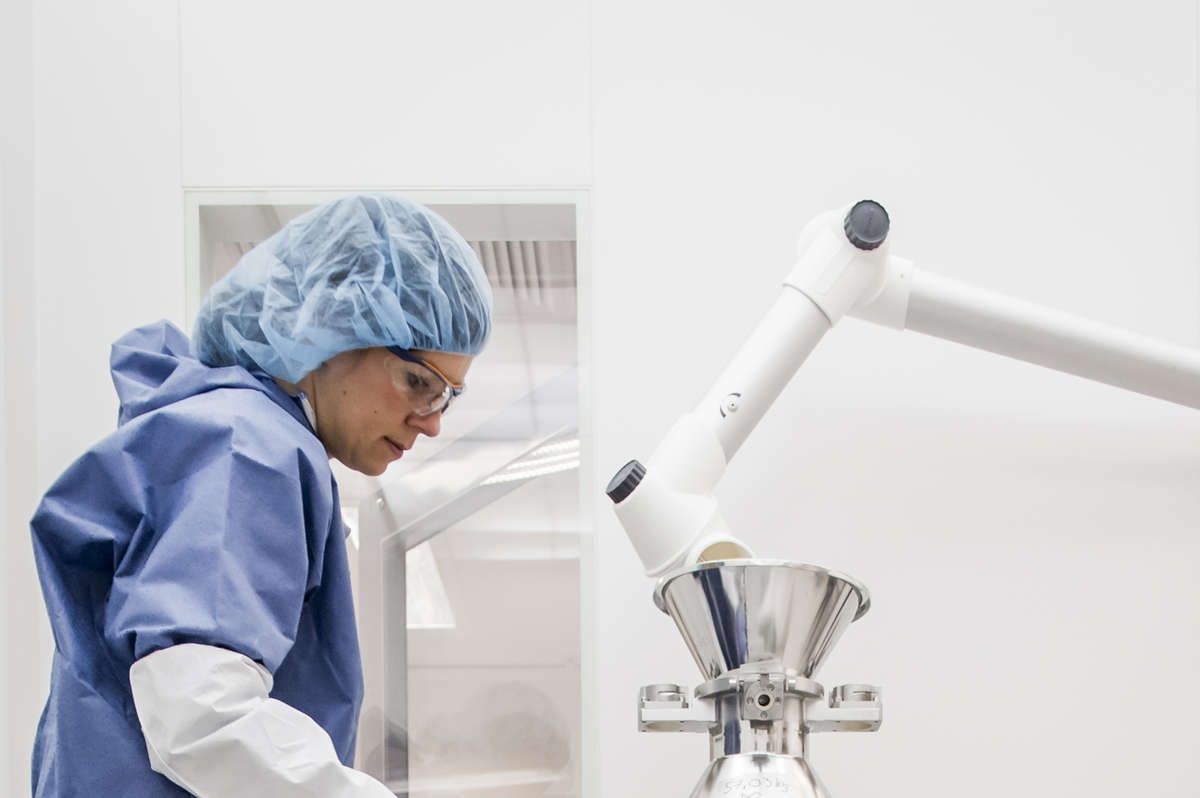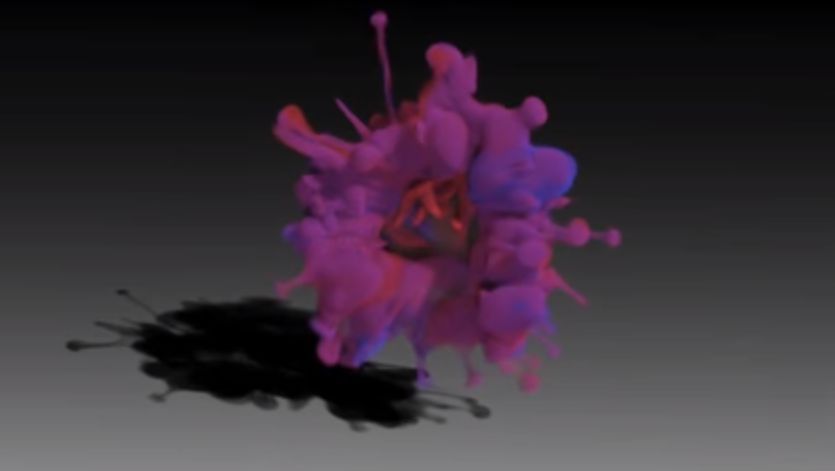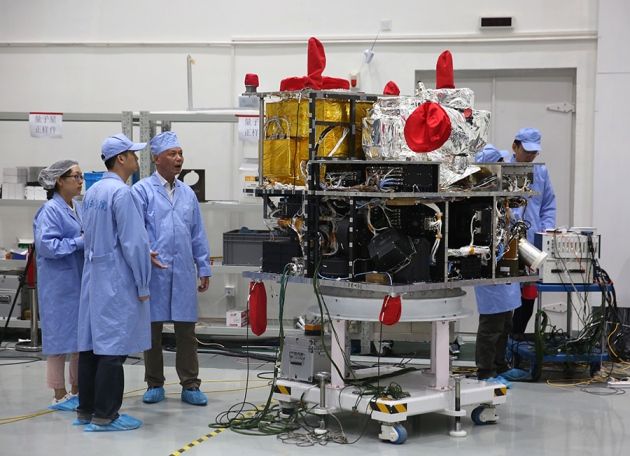Page 11377
Jul 28, 2016
Dark Patterns are designed to trick you (and they’re all over the Web)
Posted by Karen Hurst in category: internet

Risk Assessment —
Dark Patterns are designed to trick you (and they’re all over the Web)
Continue reading “Dark Patterns are designed to trick you (and they’re all over the Web)” »
Jul 28, 2016
FBI’s Mass Hack Hit 50 Computers in Austria
Posted by Karen Hurst in category: cybercrime/malcode
Revelations that the ‘Operation Pacifier’ child porn investigation extended to Austria too shows the extent of the FBI’s reach overseas.
Jul 28, 2016
U.S. wary on biotech advances; gene editing, CRISPR ‘raising urgency’
Posted by Karen Hurst in categories: bioengineering, biotech/medical, ethics
Hmmm.
We can rebuild him; we have the technology—but Americans question if we should in a new survey designed to assess attitudes to modern biotechnology advances.
A new report, based on a survey of 4,700 U.S. adults coming out of the Pew Research Center, looked at a range of views on certain advances in biology, with opinions split on the ethics and long-term problems associated with enhancing human capacity.
Continue reading “U.S. wary on biotech advances; gene editing, CRISPR ‘raising urgency’” »
Jul 28, 2016
Getting light in shape with metamaterials
Posted by Karen Hurst in categories: nanotechnology, quantum physics, supercomputing
A team built a specialized, layered structure with tiny metallic cavities that improves the light conversion efficiency by orders of magnitude.

Artist’s rendering of an incident laser beam (top of the figure) illuminating an array of nanoscale gold resonators on the surface of a “quantum well” semiconductor (slab in figure). (A quantum well is a thin layer that can restrict the movement of electrons to that layer.) The incoming laser beam interacts with the array and the quantum wells and is converted into two new laser beams with different wavelengths. Changing the size, shape, and arrangement of the resonators can be used for beam focusing, beam steering, or control of the beam’s angular momentum. (Image: Sandia National Laboratories)
Continue reading “Getting light in shape with metamaterials” »
Jul 28, 2016
Improving computer graphics with quantum mechanics
Posted by Karen Hurst in categories: computing, engineering, quantum physics
Nice article; I do need to mention that more and more screen displays are moving to Q-Dot technology. So, computer graphics is being enriched in multiple ways by Quantum.
Caltech applied scientists have developed a new way to simulate large-scale motion numerically using the mathematics that govern the universe at the quantum level.
The new technique, presented at the International Conference and Exhibition on Computer Graphics & Interactive Techniques (SIGGRAPH), held in Anaheim, California, from July 24–28, allows computers to more accurately simulate vorticity, the spinning motion of a flowing fluid.
Continue reading “Improving computer graphics with quantum mechanics” »
Jul 28, 2016
Chinese satellite is one giant step for the quantum internet
Posted by Karen Hurst in categories: government, internet, quantum physics, satellites
Chinese Government launches in the coming weeks their new Quantum Satellite which advances their networks, communications, etc. The question remaining is with Chinese Government backed hackers; what will they do on this technology.
Discussion in ‘China & Far East’ started by onebyone, Jul 27, 2016 at 8:26 PM.
Jul 28, 2016
Moving beyond semiconductors for next-generation electric switches
Posted by Karen Hurst in categories: energy, mathematics, mobile phones, quantum physics, supercomputing
Computers use switches to perform calculations. A complex film with “quantum wells”—regions that allow electron motion in only two dimensions—can be used to make efficient switches for high-speed computers. For the first time, this oxide film exhibited a phenomenon, called resonant tunneling, in which electrons move between quantum wells at a specific voltage. This behavior allowed an extremely large ratio (about 100,000:1) between two states, which can be used in an electronic device as an ON/OFF switch to perform mathematical calculations (Nature Communications, “Resonant tunneling in a quantum oxide superlattice”).
![]()
Efficient control of electron motion can be used to reduce the power requirements of computers. “Quantum wells” (QW) are regions that allow electron motion in only two dimensions. The lines (bottom) in the schematic show the probability of finding electrons in the structure. The structure is a complex oxide (top) with columns (stacked blue dots corresponding to an added element) where the electrons are free to move in only two dimensions. This is a special type of quantum well called a two-dimensional electron gas (2DEG). (Image: Ho Nyung Lee, Oak Ridge National Laboratory)
Continue reading “Moving beyond semiconductors for next-generation electric switches” »
Jul 28, 2016
Could Dark Energy Be Caused By A Reaction To What’s In The Universe? (Synopsis)
Posted by Karen Hurst in categories: cosmology, particle physics, quantum physics
“Another very good test some readers may want to look up… is the Casimir effect, where forces between metal plates in empty space are modified by the presence of virtual particles.” –Gordon Kane
If you ask what the zero-point energy of space itself is, you can sum up all of the quantum fluctuations you can that arise in quantum field theory, and arrive at an absurd answer: 120 orders of magnitude greater than the observed. Yet if you assume that there’s an incredible cancellation and you get exactly zero, that removes the one thing our Universe needs to explain its expansion: dark energy.
Jul 28, 2016
Your Next Cocktail Could Defy Gravity With the Levitating CUP
Posted by Karen Hurst in category: futurism
The next time your have a drink at your favorite restaurant or bar; it could be in a levitating glass.
Diehard cocktail aficionados swear by serving specific drinks in the correct glass. I wonder what they’ll make of the Levitating CUP, a cocktail glass designed to float above a portable base, in seeming defiance of gravity.
It’s the brainchild of Joe Paglione, CEO of a Chicago-based startup company called Levitating Cup. They’ve launched a Kickstarter campaign to raise the necessary capital to bring the products to market. There are cocktail glasses, dessert cups, beer cups, plates, and even pillows for optimal presentation-just in case you want to throw a full dinner party without the usual coasters and place mats.
Continue reading “Your Next Cocktail Could Defy Gravity With the Levitating CUP” »














